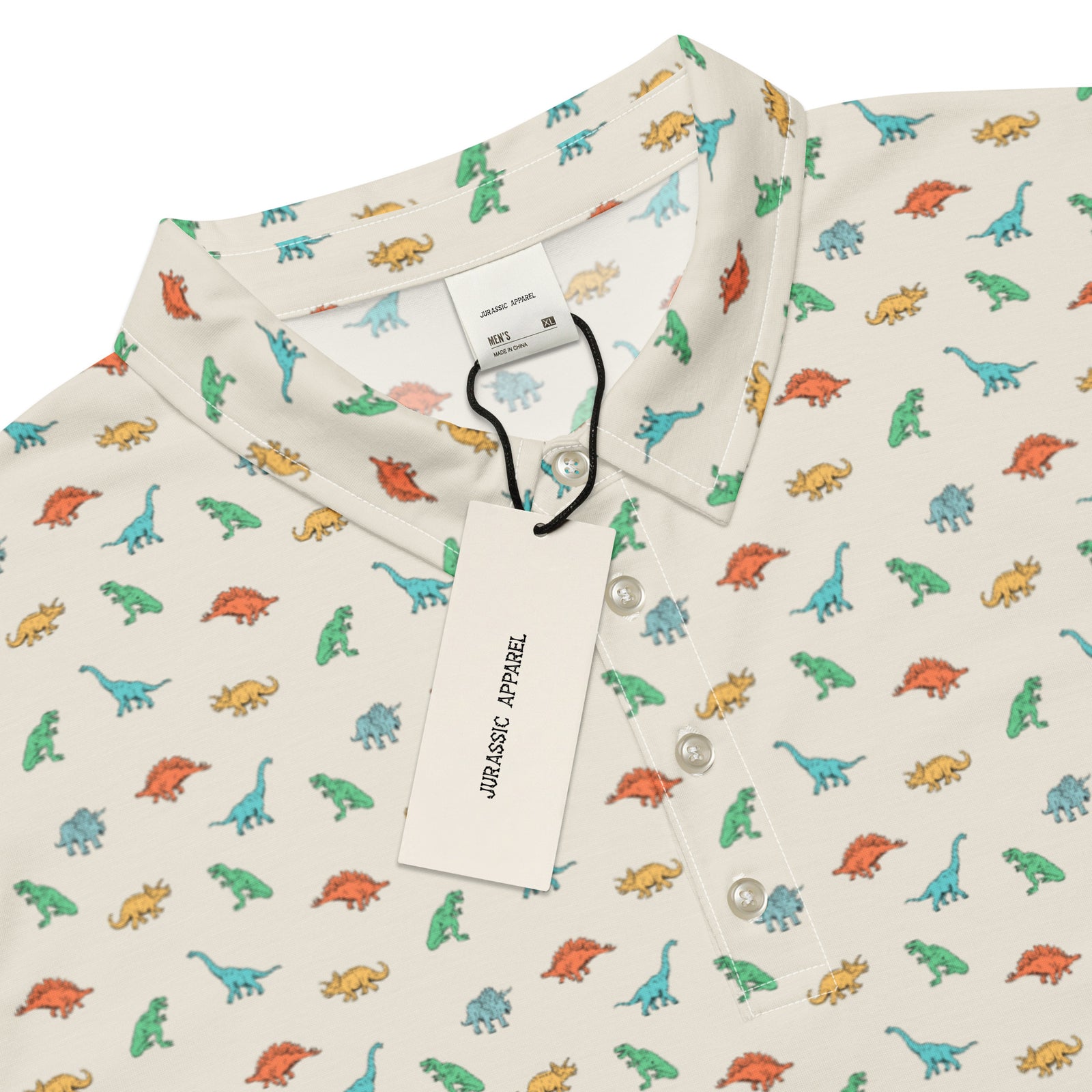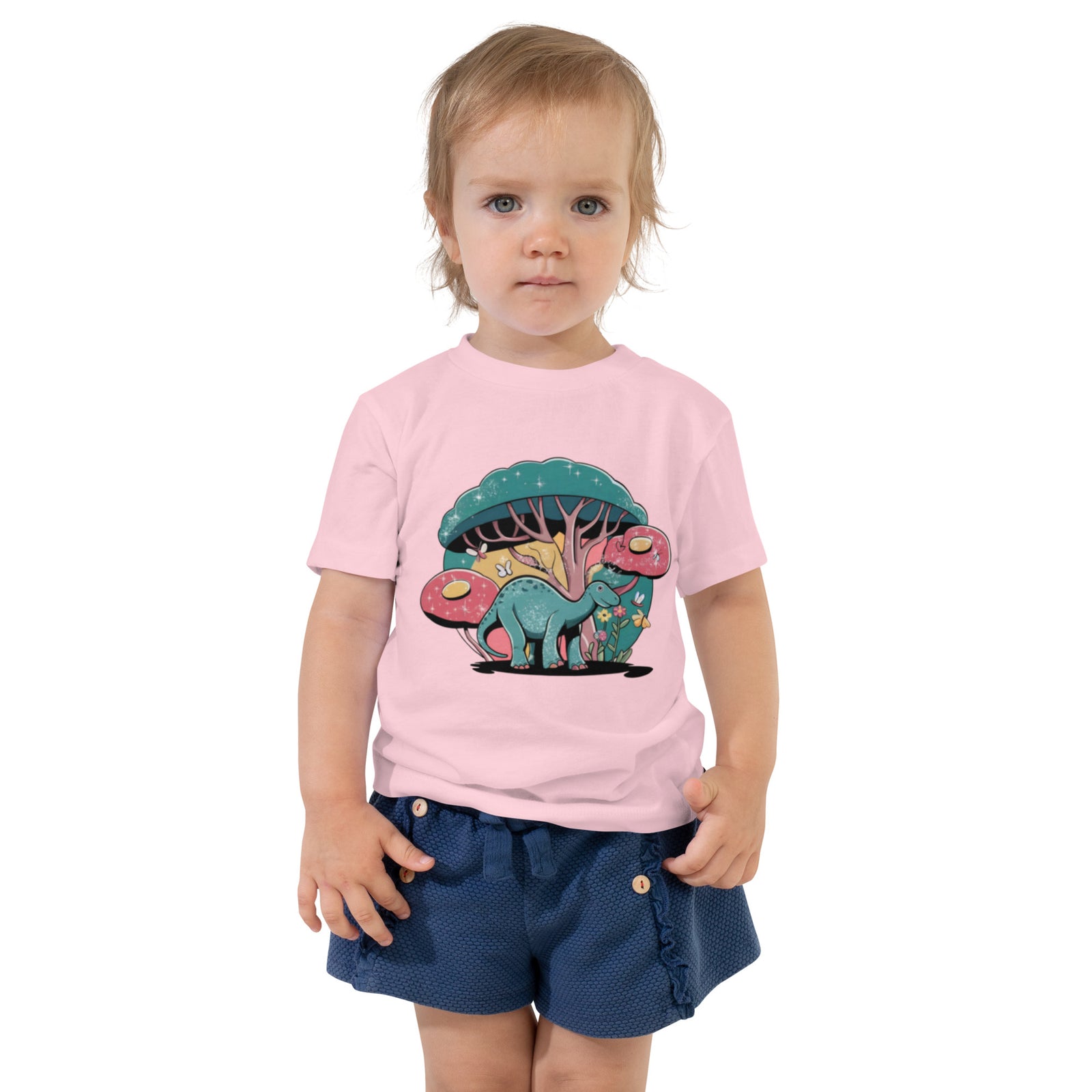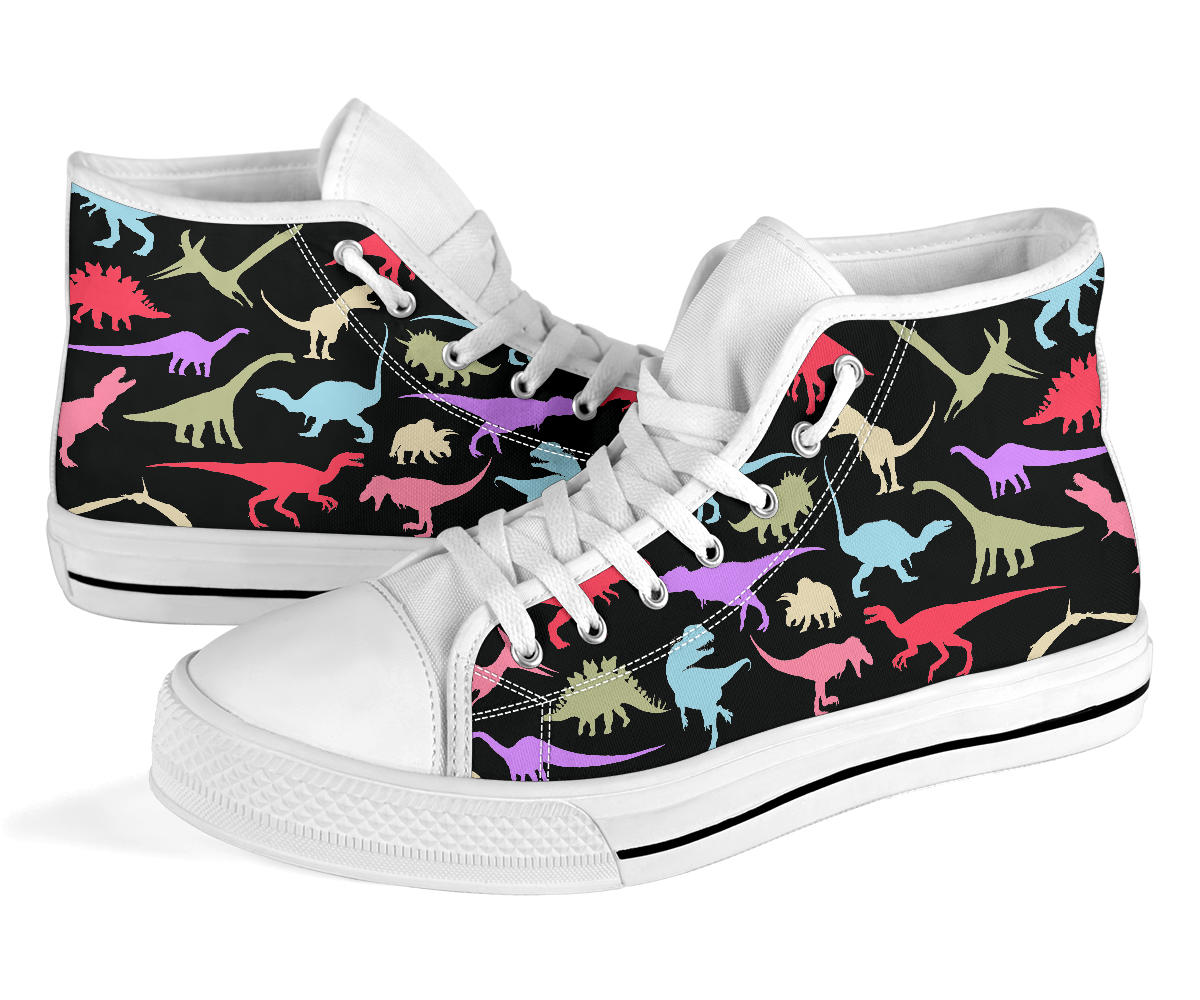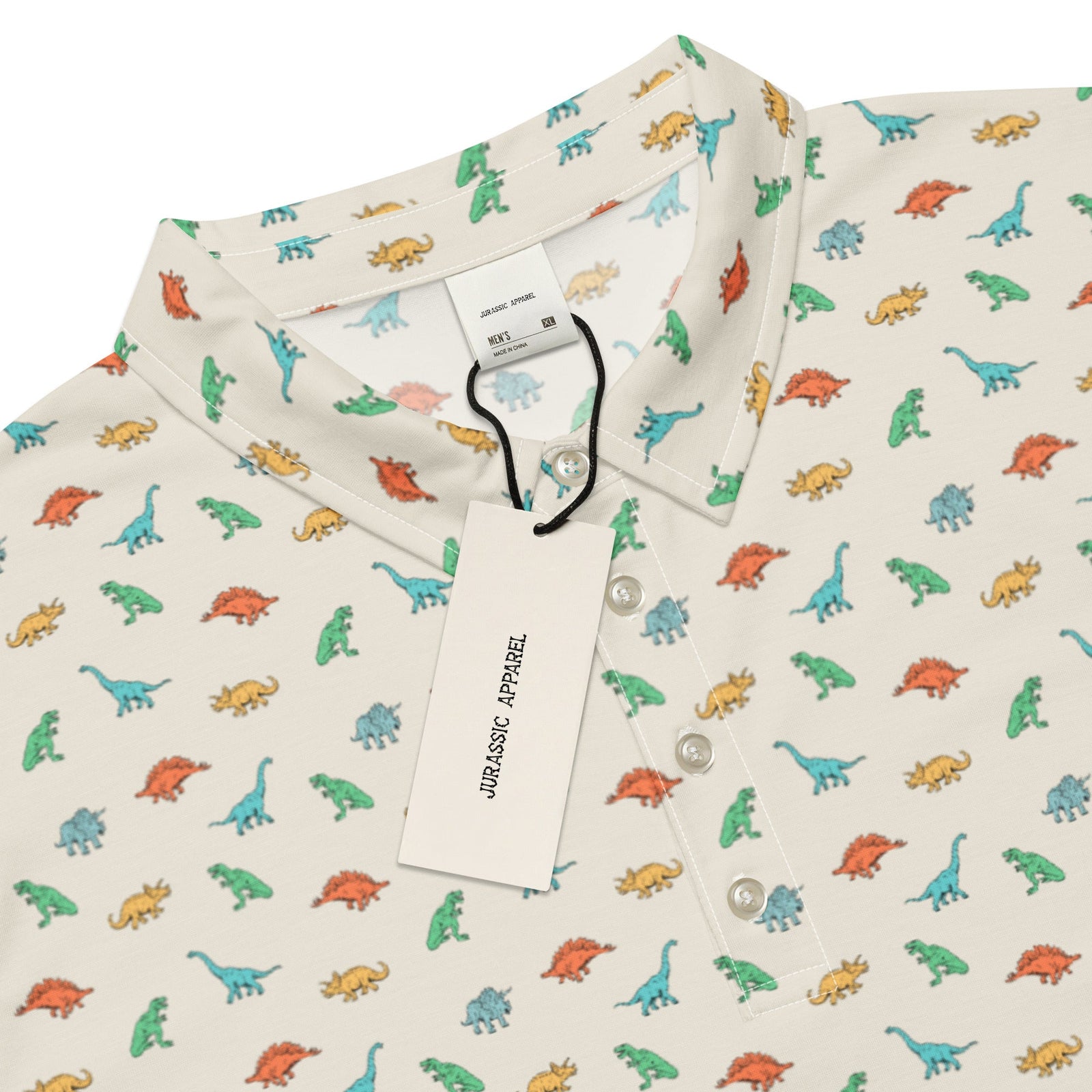Free Shipping On Orders over $75
Free Shipping On Orders over $75
Women's
Men's
Kids
Baby/Toddler
Accessories
Aegyptosaurus: The Giant Herbivore of Ancient Egypt
July 23, 2024 2 min read
Aegyptosaurus: The Enigmatic Dinosaur of the Late Cretaceous
Dinosaur Facts:
- Dinosaur Type: Sauropod
- Period: Late Cretaceous
- Diet: Herbivore
- Length: Approximately 20-25 meters
- Height: About 5-6 meters
- Weight: Over 20 tons
- Notable Features: Long neck, massive body, and whip-like tail
Aegyptosaurus for Kids
Meet Aegyptosaurus!
Aegyptosaurus was a giant sauropod dinosaur that roamed the lands of ancient Egypt during the Late Cretaceous period. With its enormous size and long neck, it belonged to a family of dinosaurs known for their herbivorous diets and gentle demeanor.
What did Aegyptosaurus look like?
This massive dinosaur featured a long neck and tail, which allowed it to reach high vegetation and navigate through dense forest habitats. Its body was bulky, supporting its great weight, while its legs were sturdy, adapting it for a life of browsing on low shrubs and trees.
What did Aegyptosaurus eat?
As a herbivore, Aegyptosaurus primarily fed on leaves, ferns, and other plant material. Its long neck provided an advantage, allowing it to graze over large areas and extract food from difficult-to-reach places.
In-Depth Look at Aegyptosaurus
Anatomy and Physical Features
Aegyptosaurus had unique features that distinguished it from other dinosaurs. Its long neck housed numerous vertebrae, granting it the ability to reach a wide array of foliage. Its robust limbs supported its significant weight, making it a formidable presence in its habitat.
Behavior and Habitat
This dinosaur likely inhabited lush, wooded areas near rivers and floodplains, where an abundance of vegetation flourished. Aegyptosaurus may have traveled in herds, benefiting from social structures that provided safety in numbers.
Scientific Discovery and Research
Aegyptosaurus was first described in the early 20th century, with fossils discovered in Egypt. The genus name translates to "Egyptian lizard," reflecting its origins. Ongoing research has provided insights into its anatomy and ecological role during the Cretaceous period (American Museum of Natural History).
Social Behavior and Group Dynamics
While Aegyptosaurus was a herbivore and did not hunt, it is believed to have lived in social groups. These herds could have offered protection against predators while facilitating feeding behaviors, as they could cover large areas together and exploit various plant resources more efficiently.
Aegyptosaurus in Popular Culture
Aegyptosaurus, while not as famous as other dinosaurs, has made appearances in documentaries and educational materials. Its massive size and gentle nature appeal to dinosaur enthusiasts and children alike, serving as an example of the grandeur of sauropods in the Mesozoic era. Learn more about its portrayal in media on Dinosaur Pictures.
Ongoing Research and Discoveries
Paleontologists continue to unearth new findings about Aegyptosaurus, particularly in terms of its phylogenetic relationships with other sauropods. Recent discoveries in North Africa and ongoing analyses of existing fossils are shedding light on the evolutionary history and ecological niches these giants occupied (Scientific American).
Conclusion
Aegyptosaurus stands as a testament to the diverse and fascinating world of dinosaurs. Its adaptations for a herbivorous life and its massive size remind us of the complexities of life during the Late Cretaceous. As research continues to evolve, our understanding of this remarkable creature deepens, allowing us to appreciate the rich tapestry of prehistoric life.














